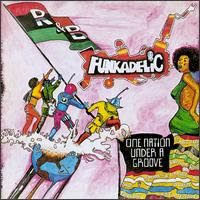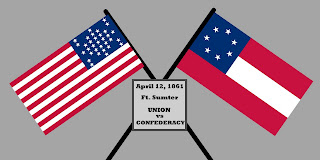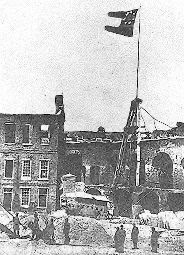
Maybe you never noticed, but along side construction sites little mini flags have been adopted by the construction industry to warn workers where buried utilities are.
I was with one of my colleagues, from Guatemala by the name of Jesus. It was with him that we coined the term Baderitos.
Bandera is Spanish for flag. You can also see that Bandera is a Latin root for the term Bandanna or Banner.
Bandertiros are usually held up by aluminum metal wires. They come in various colours, and the there is no standard as to what each colour means. It is essential that these types of flags have words written on them so as to convey important information. Otherwise it could result in massive property damage and or personal injury.
Most vexillologists would consider these mini flags (Banderditos) as "BAD FLAGS" since they have words upon them. Vexillological Orthodoxy prefers that flags use coded symbols and or patterns. But I'm not most vexillologist: in my opinion these are "Excellent" utilitarian and logical flags that have saved time, money, and lives.
Like hidden Easter Eggs
a Rainbow collage of Banderitos (click image for clearer view)














